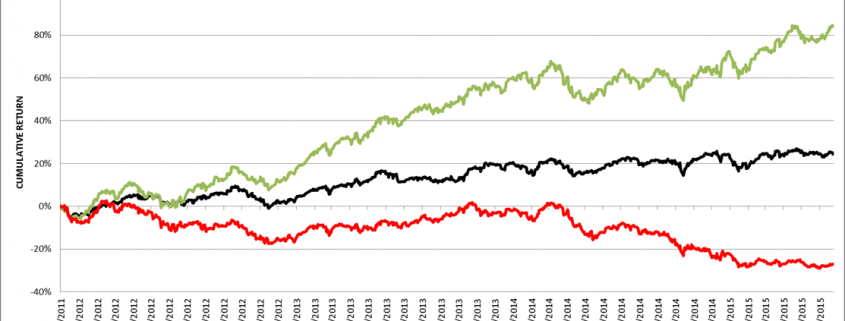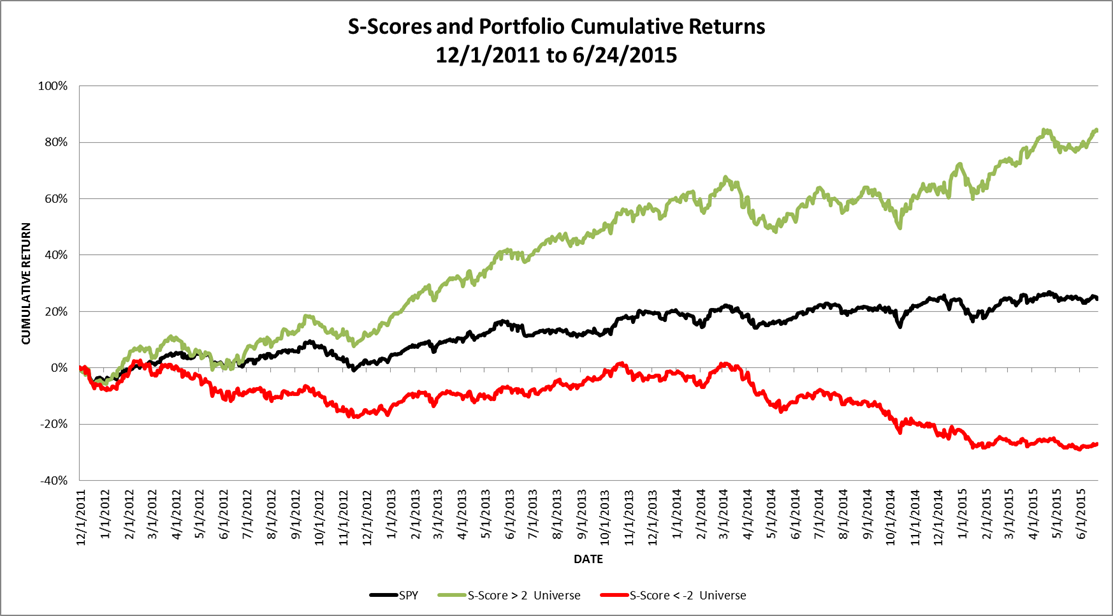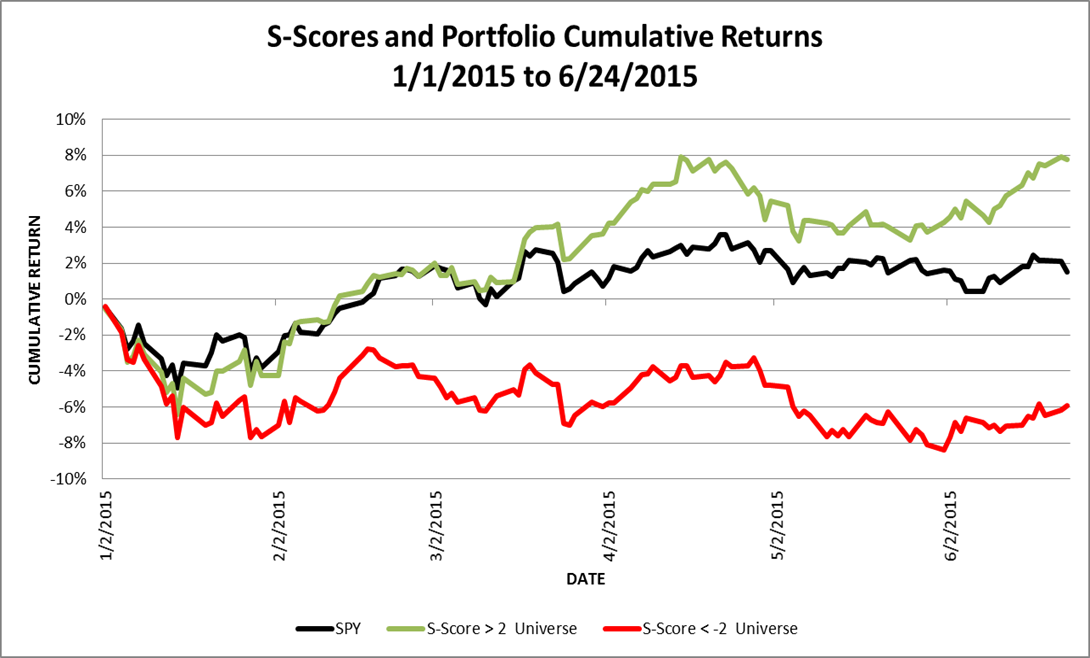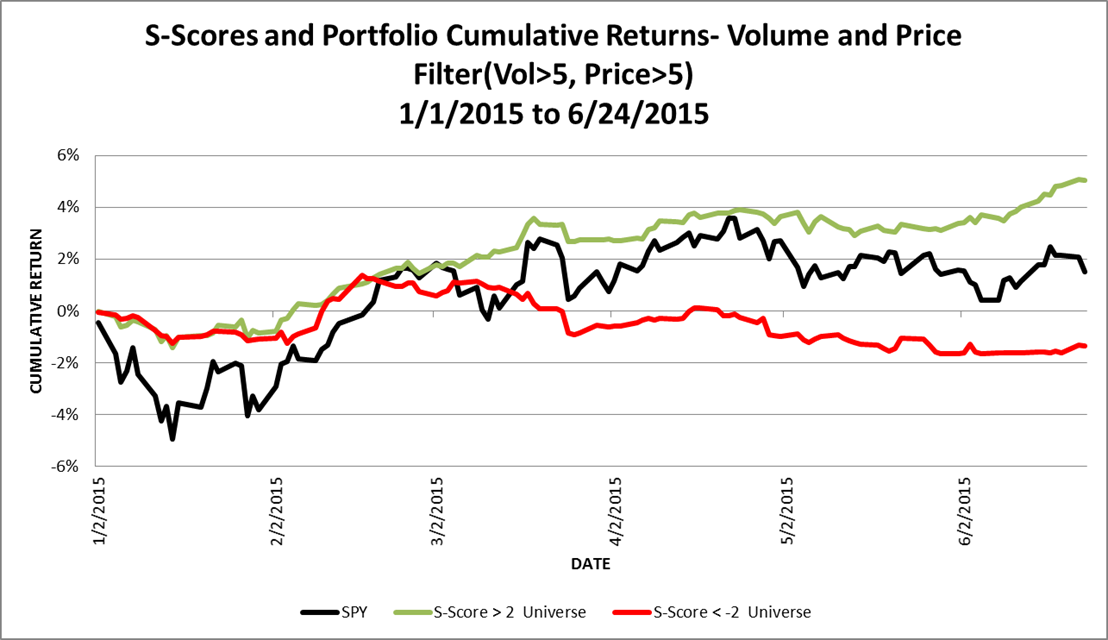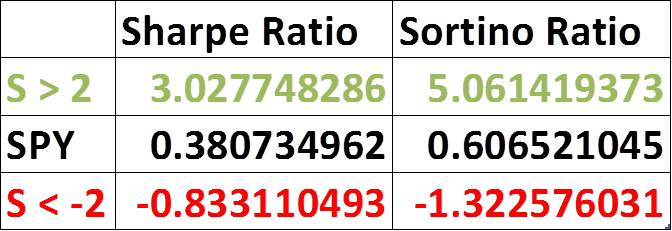SMA has just completed a comprehensive analysis that shows the performance of classifier models, designed to predict next day directional movement for volatility indexes, improves by adding market sentiment measures derived from social media sources. Please download the paper at: https://socialmarketanalytics.com/research/white-papers
We present predictive models built from market data and S-Factors, a family of metrics designed to capture the signature of market sentiment as expressed in micro-blogging messages posted on Twitter. The objective of this report is to investigate the relationship between sentiment metrics generated by SMA and the volatility index of S&P 500 (VIX) and volatility indexes for individual equities (VXAPL, VXAZN, VXGS, VXGOG, and VXIBM), computed from equity option prices for AAPL, AMZN, GS, GOOG and IBM, respectively.
We used time series modelling and Logistic Regression as classifiers for predicting the direction of volatility. We tested the performance of the model with and without Sentiment Factor data. In our results, we found that the accuracy for predicting the direction of VIX using an ARIMAX-GARCH model with S-Factors was 70.86%. This was higher than the accuracy observed using a model that did not include the S-Factors (67.43%) . The same goes for most of the volatility indexes for individual equities that we picked.
Similarly, we compare the accuracy in predicting the probability of VIX going up the next day using a Logistics Regression model. The model that included S-Factors turned out to be more accurate than the model without S-Factor in all the volatility indexes for individual equities. The difference observed in accuracy was as high as almost 7.5% in the case of VXGS. The accuracy with S-factors was 62%, while without these factors it was just 54.67%.
Our analysis shows that the accuracy of a model increases by approximately 80% after adding SMA’s sentiment metrics to the model. Most of the investors are apprehensive of losses so they prefer a model that predicts the losses accurately. It is evident from our analysis that addition of S-Factors decreases the False Positive rate, thus predicting the downward movements of Volatility Indexes accurately.
Our results demonstrate enhanced predictive performance for models that include sentiment factors (S-Factors), using micro blogs like Twitter and StockTwits, as explanatory variables.
As usual, please contact us with any questions: ContactUs@SocialMarketAnalytics.com
Thanks,
Joe
